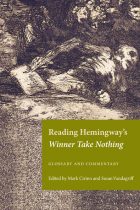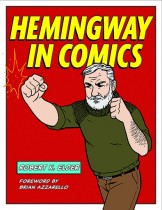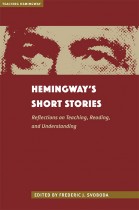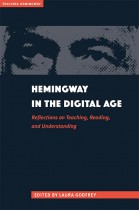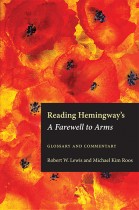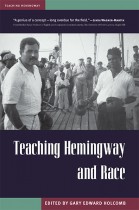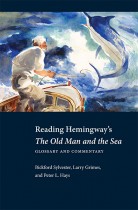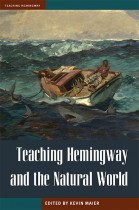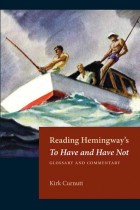Hemingway and Film
Cam Cobb and Marc K. Dudley | Filed under: Hemingway Studies, Literature & Literary Criticism, Recent Releases, Teaching Hemingway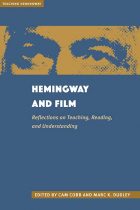
Though Ernest Hemingway distrusted Hollywood and often found himself in conflict with directors and producers, he frequented theaters and freely acknowledged the art and potential that cinema contained. In turn, the film industry’s interest in his stories has endured for nearly a century. Focusing on the relationship between written and cinematic work, Hemingway and Film brings together diverse literary and film studies scholars to both deepen understanding of Hemingway’s fiction and film adaptations and to provide practical guidance for approaching these topics in the classroom.

